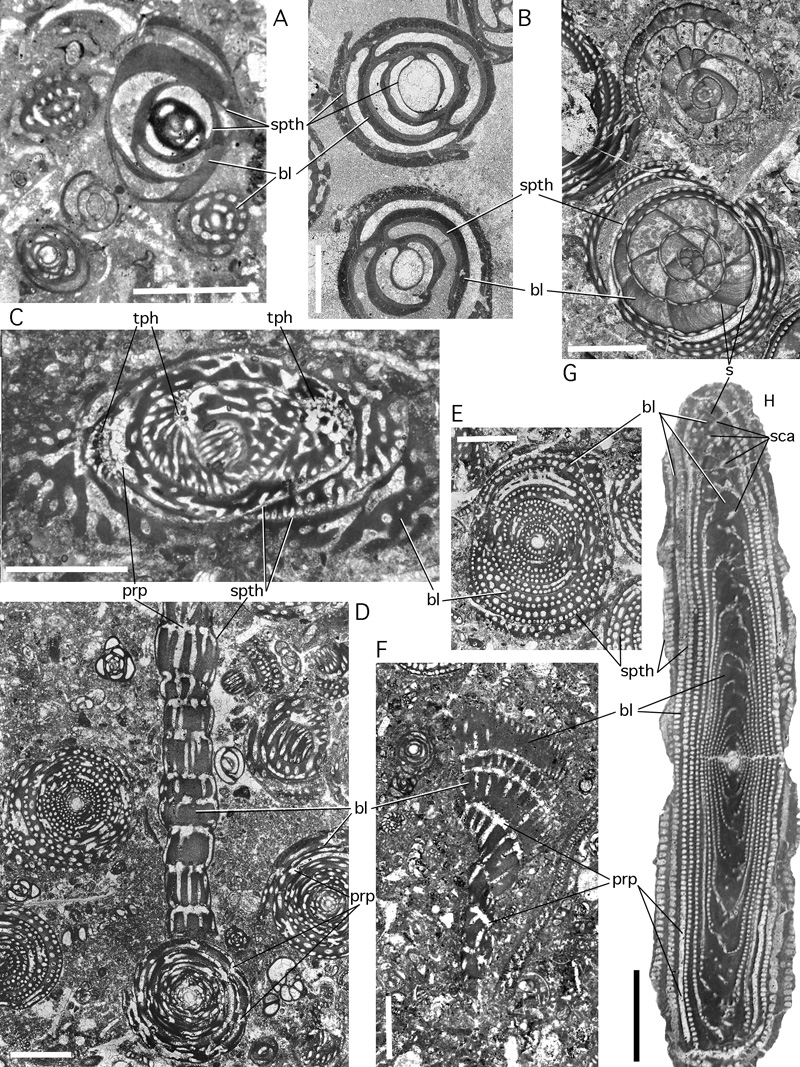
Figure 18: Basal layer and flosculinisation.
A: Unidentified, large miliolid, Fabularia roselli and Dendritina sp. Randomly oblique sections.
Uppermost Middle Eocene, Spanish Pyrenees. B: Idalina antiqua et . More or less centered, subaxial sections. Santonian, Spanish Pyrenees. Note the proloculus wall illustrating the reduced thickness of the outermost layer of the primary chamber wall. The difference in the opacities of the basal layer and the primary outer chamber wall demonstrates how dissimilarly the discrete submicroscopic, porcelaneous wall textures react to diagenesis. C: Fabularia verseyi , oblique section, from Jamaica, Middle Eocene, showing irregular tubiform, anastomosing passages in the basal layer. D-F: random sections of Pseudochubbina globularis (), subspherical, and P. kassabi , flaring, showing parallel, rarely anastomosing tubiform passages in the basal layer, and an outer layer of more regular parallel chamberlets similar to attics, as also in Fabularia. Note the thin spirotheca extending into a lateral cover of the flaring portion of the test. Campanian, Iran. G: Alveolina daniensis , oblique sections near the equatorial plane. Compaction of the sediment has mechanically separated outer from inner whorls, revealing the thin spirotheca. Note lines of accretion parallel to the septum in the basal layer of flosculinized whorls. Lowermost Eocene, Slovenia. H: Alveolina tenuis , axial section, showing columella produced by polar thickening of the basal layer. Note tubular passages in the columella, continuous in subsequent chambers, without interruption by preseptal spaces. Middle Eocene, Aquitaine, Southwestern France.
Abbreviations: bl: basal layer; prp: preseptal space or passage; s: septum; spth; spirotheka (outer wall of sucessive spiral chambers); tph: trematophore. Scale bars: 1mm.